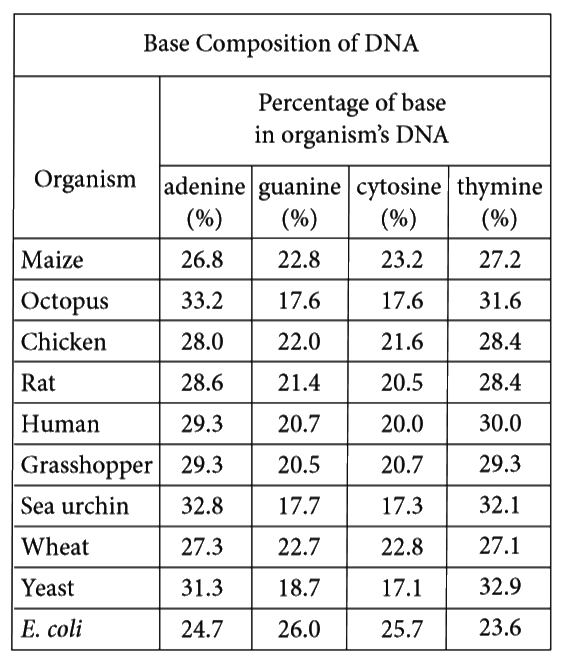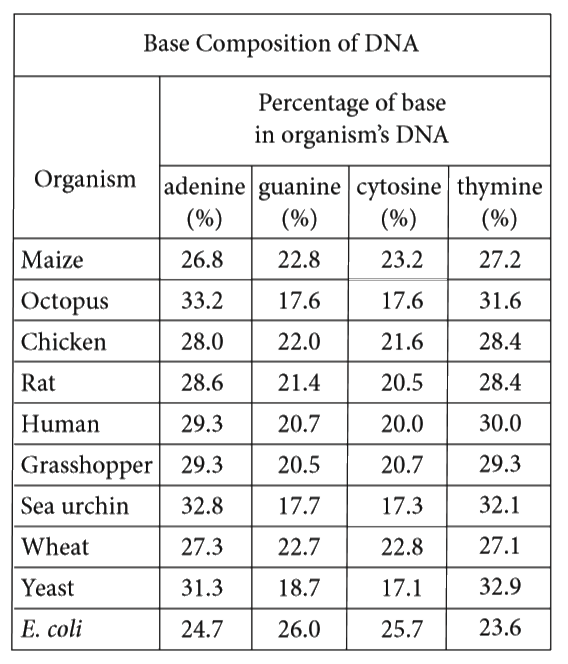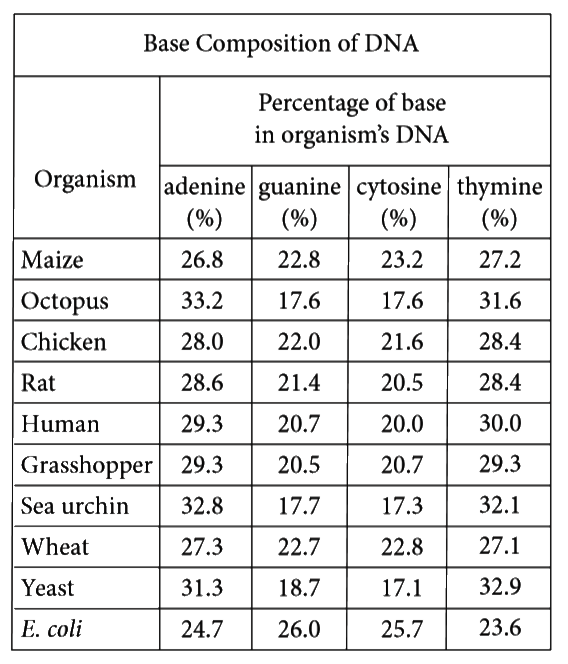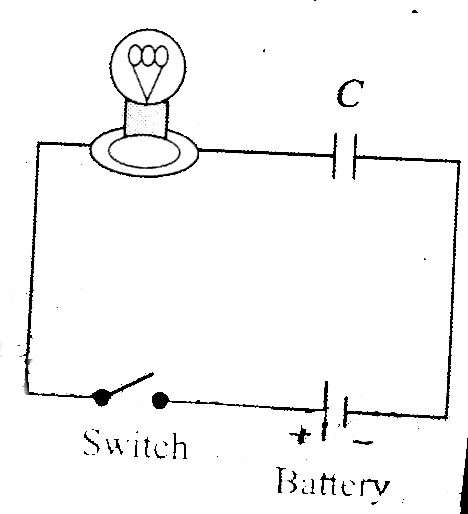Using the principle of Wheatstone Bridge, describe the method to determine the specific resistance of a wire in the laboratory. Draw the circuit diagram and write the formula used. Write any two important precautions you would observe while performing the experiment.
Step-by-Step Solution to Determine the Specific Resistance of a Wire Using Wheatstone Bridge
Step 1: Understanding the Wheatstone Bridge
The Wheatstone Bridge is a circuit used to measure unknown resistances. It consists of four resistors arranged in a diamond shape, with a galvanometer connected between two junctions. When the bridge is balanced, the potential difference across the galvanometer is zero.
Step 2: Circuit Diagram
1. Components:
- A resistance box (known resistance, R)
- An unknown resistance (X)
- A galvanometer (G)
- A jockey (J)
- A rheostat (R_H)
- A battery (or cell)
- A key (K)
- A meter rule (to measure lengths)
2. Diagram:
±−−−(RH)−−−−(K)−−−−(Baery)−−−−+||||∣||||∣||±−−−(R)−−−−(X)−−−−(G)−−−−(J)−−−−−+||±−−−−−−−−−−−−−−−−−−−−−−−−−−−−−−−−−−+
Step 3: Setting Up the Experiment
1. Connect the resistance box (R) and the unknown resistance (X) in series with the galvanometer (G).
2. Connect the jockey (J) to a metallic wire (which is the unknown resistance).
3. Adjust the rheostat to control the current flowing through the circuit.
4. Close the key (K) to allow current to flow.
Step 4: Finding the Null Point
1. Slide the jockey along the wire until the galvanometer shows zero current (null point).
2. Record the position of the jockey (l cm from one end of the wire).
Step 5: Applying the Wheatstone Bridge Condition
When the bridge is balanced:
\(
\frac{R}{KL} = \frac{X}{K(100 - L)}
\)
Where:
- \( K \) = resistance per unit length of the wire
- \( L \) = length from point A to the jockey
- \( 100 - L \) = length from the jockey to point B
This simplifies to:
\(
R(100 - L) = XL
\)
From this, we can express the unknown resistance \( X \):
\(
X = \frac{R(100 - L)}{L}
\)
Step 6: Calculating Specific Resistance
The specific resistance (resistivity) \( \rho \) can be calculated using the formula:
\(
\rho = \frac{X \cdot A}{L}
\)
Where:
- \( A \) = cross-sectional area of the wire (for a cylindrical wire, \( A = \pi r^2 \))
- \( L \) = length of the wire
Substituting \( X \) into the resistivity formula gives:
\(
\rho = \frac{R(100 - L) \cdot \pi r^2}{L}
\)
Step 7: Important Precautions
1. Temperature Control: Ensure that the current does not flow for too long to prevent heating, which can change the resistance of the wire.
2. Null Point Position: Ensure that the null point does not come too close to the terminals of the meter bridge or the ends of the metallic wire, as this can lead to high chances of error in measurement.
The Wheatstone Bridge is a circuit used to measure unknown resistances. It consists of four resistors arranged in a diamond shape, with a galvanometer connected between two junctions. When the bridge is balanced, the potential difference across the galvanometer is zero.
1. Components:
- A resistance box (known resistance, R)
- An unknown resistance (X)
- A galvanometer (G)
- A jockey (J)
- A rheostat (R_H)
- A battery (or cell)
- A key (K)
- A meter rule (to measure lengths)
±−−−(RH)−−−−(K)−−−−(Baery)−−−−+||||∣||||∣||±−−−(R)−−−−(X)−−−−(G)−−−−(J)−−−−−+||±−−−−−−−−−−−−−−−−−−−−−−−−−−−−−−−−−−+
1. Connect the resistance box (R) and the unknown resistance (X) in series with the galvanometer (G).
2. Connect the jockey (J) to a metallic wire (which is the unknown resistance).
3. Adjust the rheostat to control the current flowing through the circuit.
4. Close the key (K) to allow current to flow.
1. Slide the jockey along the wire until the galvanometer shows zero current (null point).
2. Record the position of the jockey (l cm from one end of the wire).
When the bridge is balanced:
\(
\frac{R}{KL} = \frac{X}{K(100 - L)}
\)
Where:
- \( K \) = resistance per unit length of the wire
- \( L \) = length from point A to the jockey
- \( 100 - L \) = length from the jockey to point B
\(
R(100 - L) = XL
\)
From this, we can express the unknown resistance \( X \):
\(
X = \frac{R(100 - L)}{L}
\)
The specific resistance (resistivity) \( \rho \) can be calculated using the formula:
\(
\rho = \frac{X \cdot A}{L}
\)
Where:
- \( A \) = cross-sectional area of the wire (for a cylindrical wire, \( A = \pi r^2 \))
- \( L \) = length of the wire
\(
\rho = \frac{R(100 - L) \cdot \pi r^2}{L}
\)
1. Temperature Control: Ensure that the current does not flow for too long to prevent heating, which can change the resistance of the wire.
2. Null Point Position: Ensure that the null point does not come too close to the terminals of the meter bridge or the ends of the metallic wire, as this can lead to high chances of error in measurement.
Topper's Solved these Questions
- DC CIRCUITBook:VMC MODULES ENGLISHChapter:DC CIRCUITExercise:LEVEL-1 DAILY TUTORIAL SHEET-1
Explore 15 Videos
- DC CIRCUITBook:VMC MODULES ENGLISHChapter:DC CIRCUITExercise:LEVEL-1 DAILY TUTORIAL SHEET-2
Explore 15 Videos
- DC CIRCUITBook:VMC MODULES ENGLISHChapter:DC CIRCUITExercise:LEVEL-0 SA-II: Short Answer Type - II
Explore 12 Videos
- CURRENT ELECTRICITYBook:VMC MODULES ENGLISHChapter:CURRENT ELECTRICITYExercise:IN-CHAPTER EXERCISE-F
Explore 10 Videos
- DYNAMICS OF A PARTICLEBook:VMC MODULES ENGLISHChapter:DYNAMICS OF A PARTICLEExercise:JEE Advance (Archive) Level - II (SINGLE OPTION CORRECT TYPE )
Explore 31 Videos
Similar Questions
Draw a circuit diagram for the determination of the internal resistance of a cell using potentiometer. Derive the formula to be used.
View SolutionWrite the principle of working of a potentiometer. Describe briefly, with the help of a circuit diagram, how a potentiometer is used to determine the internal resistance of a given cell.
View Solution
Knowledge Check
The chemical formula of deoxyribonucleic acid
(DNA) is now well established. The molecule is a
very long chain, the backbone of which consists of a
regular alternation of sugar and phosphate groups.
5 To each sugar is attached a nitrogenous base, which
can be of four different types. Two of the possible
bases—adenine and guanine—are purines, and the
other two—thymine and cytosine—are pyrimidines.
So far as is known, the sequence of bases along the
10 chain is irregular. The monomer unit, consisting of
phosphate, sugar and base, is known as a nucleotide.
The first feature of our structure which is of
biological interest is that it consists not of one chain,
but of two. These two chains are both coiled around
15 a common fiber axis. It has often been assumed that
since there was only one chain in the chemical
formula there would only be one in the structural
unit. However, the density, taken with the X-ray
evidence, suggests very strongly that there are two.
20. The other biologically important feature is the
manner in which the two chains are held together.
This is done by hydrogen bonds between the bases.
The bases are joined together in pairs, a single base
from one chain being hydrogen-bonded to a single
25 base from the other. The important point is that only
certain pairs of bases will fit into the structure.
One member of a pair must be a purine and the other
a pyrimidine in order to bridge between the two
chains. If a pair consisted of two purines, for
30 example, there would not be room for it.
We believe that the bases will be present almost
entirely in their most probable forms. If this is true,
the conditions for forming hydrogen bonds are more
restrictive, and the only pairs of bases possible are:
35 adenine with thymine, and guanine with cytosine.
Adenine, for example, can occur on either chain, but
when it does, its partner on the other chain must
always be thymine.
The phosphate-sugar backbone of our model is
40 completely regular, but any sequence of the pairs of
bases can fit into the structure. It follows that in a
long molecule many different permutations are
possible, and it therefore seems likely that the precise
sequence of bases is the code which carries the
45 genetical information. If the actual order of the bases
on one of the pair of chains were given, one could
write down the exact order of the bases on the other
one, because of the specific pairing. Thus one chain
is, as it were, the complement of the other, and it is
50 this feature which suggests how the deoxyribonucleic
acid molecule might duplicate itself.
The table shows, for various organisms, the percentage of
each of the four types of nitrogenous bases in that
organism’s DNA.

Adapted from Manju Bansal, “DNA Structure: Revisiting the
Watson-Crick Double Helix.” ©2003 by Current Science Association,
Bangalore
31. Based on the table, is the percentage of adenine in each organism’s DNA the same or does it vary, and which statement made by the authors is most consistent with that data?AThe same, “Two of . . . pyrimidines” (lines 6-8)BThe same, “The important . . . structure” (lines 25-26)CIt varies, “Adenine . . . thymine” (lines 36-38)DIt varies, “It follows . . . information” (lines 41-45)The chemical formula of deoxyribonucleic acid
(DNA) is now well established. The molecule is a
very long chain, the backbone of which consists of a
regular alternation of sugar and phosphate groups.
5 To each sugar is attached a nitrogenous base, which
can be of four different types. Two of the possible
bases—adenine and guanine—are purines, and the
other two—thymine and cytosine—are pyrimidines.
So far as is known, the sequence of bases along the
10 chain is irregular. The monomer unit, consisting of
phosphate, sugar and base, is known as a nucleotide.
The first feature of our structure which is of
biological interest is that it consists not of one chain,
but of two. These two chains are both coiled around
15 a common fiber axis. It has often been assumed that
since there was only one chain in the chemical
formula there would only be one in the structural
unit. However, the density, taken with the X-ray
evidence, suggests very strongly that there are two.
20. The other biologically important feature is the
manner in which the two chains are held together.
This is done by hydrogen bonds between the bases.
The bases are joined together in pairs, a single base
from one chain being hydrogen-bonded to a single
25 base from the other. The important point is that only
certain pairs of bases will fit into the structure.
One member of a pair must be a purine and the other
a pyrimidine in order to bridge between the two
chains. If a pair consisted of two purines, for
30 example, there would not be room for it.
We believe that the bases will be present almost
entirely in their most probable forms. If this is true,
the conditions for forming hydrogen bonds are more
restrictive, and the only pairs of bases possible are:
35 adenine with thymine, and guanine with cytosine.
Adenine, for example, can occur on either chain, but
when it does, its partner on the other chain must
always be thymine.
The phosphate-sugar backbone of our model is
40 completely regular, but any sequence of the pairs of
bases can fit into the structure. It follows that in a
long molecule many different permutations are
possible, and it therefore seems likely that the precise
sequence of bases is the code which carries the
45 genetical information. If the actual order of the bases
on one of the pair of chains were given, one could
write down the exact order of the bases on the other
one, because of the specific pairing. Thus one chain
is, as it were, the complement of the other, and it is
50 this feature which suggests how the deoxyribonucleic
acid molecule might duplicate itself.
The table shows, for various organisms, the percentage of
each of the four types of nitrogenous bases in that
organism’s DNA.

Adapted from Manju Bansal, “DNA Structure: Revisiting the
Watson-Crick Double Helix.” ©2003 by Current Science Association,
Bangalore
25. The authors’ main purpose of including the information about X-ray evidence and density is toAestablish that DNA is the molecule that carries the genetic information.Bpresent an alternate hypothesis about the composition of a nucleotide.Cprovide support for the authors’ claim about the number of chains in a molecule of DNA.Dconfirm the relationship between the density of DNA and the known chemical formula of DNA.The chemical formula of deoxyribonucleic acid
(DNA) is now well established. The molecule is a
very long chain, the backbone of which consists of a
regular alternation of sugar and phosphate groups.
5 To each sugar is attached a nitrogenous base, which
can be of four different types. Two of the possible
bases—adenine and guanine—are purines, and the
other two—thymine and cytosine—are pyrimidines.
So far as is known, the sequence of bases along the
10 chain is irregular. The monomer unit, consisting of
phosphate, sugar and base, is known as a nucleotide.
The first feature of our structure which is of
biological interest is that it consists not of one chain,
but of two. These two chains are both coiled around
15 a common fiber axis. It has often been assumed that
since there was only one chain in the chemical
formula there would only be one in the structural
unit. However, the density, taken with the X-ray
evidence, suggests very strongly that there are two.
20. The other biologically important feature is the
manner in which the two chains are held together.
This is done by hydrogen bonds between the bases.
The bases are joined together in pairs, a single base
from one chain being hydrogen-bonded to a single
25 base from the other. The important point is that only
certain pairs of bases will fit into the structure.
One member of a pair must be a purine and the other
a pyrimidine in order to bridge between the two
chains. If a pair consisted of two purines, for
30 example, there would not be room for it.
We believe that the bases will be present almost
entirely in their most probable forms. If this is true,
the conditions for forming hydrogen bonds are more
restrictive, and the only pairs of bases possible are:
35 adenine with thymine, and guanine with cytosine.
Adenine, for example, can occur on either chain, but
when it does, its partner on the other chain must
always be thymine.
The phosphate-sugar backbone of our model is
40 completely regular, but any sequence of the pairs of
bases can fit into the structure. It follows that in a
long molecule many different permutations are
possible, and it therefore seems likely that the precise
sequence of bases is the code which carries the
45 genetical information. If the actual order of the bases
on one of the pair of chains were given, one could
write down the exact order of the bases on the other
one, because of the specific pairing. Thus one chain
is, as it were, the complement of the other, and it is
50 this feature which suggests how the deoxyribonucleic
acid molecule might duplicate itself.
The table shows, for various organisms, the percentage of
each of the four types of nitrogenous bases in that
organism’s DNA.

Adapted from Manju Bansal, “DNA Structure: Revisiting the
Watson-Crick Double Helix.” ©2003 by Current Science Association,
Bangalore
26. Based on the passage, the authors’ statement “If a pair consisted of two purines, for example, there would not be room for it” (lines 29-30) implies that a pairAof purines would be larger than the space between a sugar and a phosphate group.Bof purines would be larger than a pair consisting of a purine and a pyrimidine.Cof pyrimidines would be larger than a pair of purines.Dconsisting of a purine and a pyrimidine would be larger than a pair of pyrimidines.
(a) Explain, using a suitable diagram, how unpolarized light gets linearly polarized by scattering.
(b) Describe briefly the variation of the intensity of transmitted light when a polaroid sheet kept between two crossed polaroids is rotated. Draw the graph depicting the variation of intensity with the angle of rotation. How many maxima and minima would be observed when θ vaeries from 0 to π ?
View SolutionState the working principle of potentiometer. With the help of the circuit diagram, explain how a potentiometer is used to compare the emf's of two primay cells. Obtain the required expression used for comparing the emfs. Write two possible causes for one sided deflection in a potentiometer experiment.
View SolutionWhile stud dying the dependence of potential difference (V) across a resistor on the current
(I) passing through it, in order to determine the resistance of the resistor, a student took
5 readings for different values of current and plotted a graph between V and I. He got a
straight line graph passing through the origin. What does the straight line signify? Write
the method of determining resistance of the resistor using this graph.
View SolutionWrite the help of a labelled circuit diagram describe an activity to illustrate the pattern of the magnetic field lines around a straight current carrying long conducting wire.
(i) Name the rule that is used to find the direction of magnetic field associated with a current carrying conductor.
(ii) Is there a similar magnetic field produced around a thin beam of moving: (a) alpha particles and (b) neutrons? Justify your answer.
View SolutionWhen is the higher rate of energy being delivered to a light bulb higher : just after it is turned on, the glow of the filament is increasing, or after it has been on for a few seconds and the glow is steady ?

View Solution
